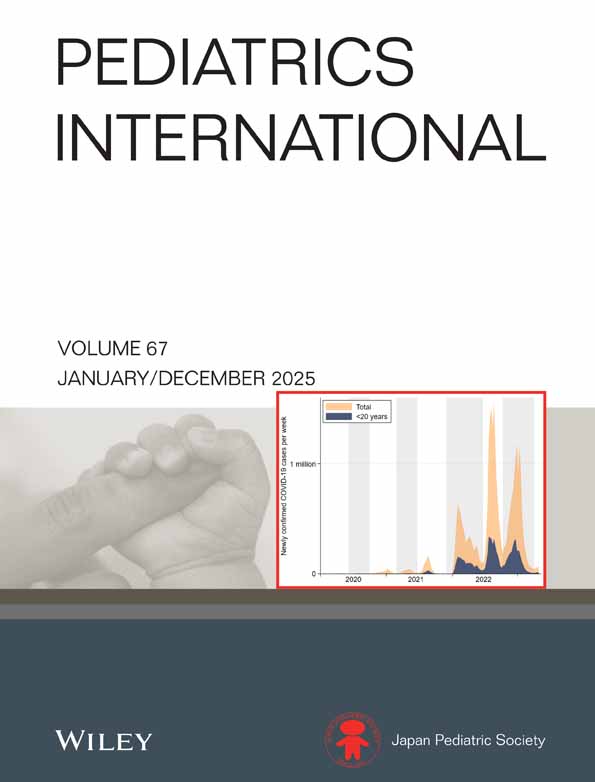Are high barometric pressure, low humidity and diurnal change of temperature related to the onset of asthmatic symptoms?
Abstract
Abstract Background: Meteorologic factors play a role in the expression of asthmatic symptoms; however, there are controversies about the causal relationship between meteorologic factors and asthma. The relationship between meteorologic parameters and emergency admissions for asthmatic symptoms in this hospital were analyzed.
Methods : A total of 205 patients (130 boys and 75 girls, 0.1–16.6 years of age) who were admitted to Hakodate Chuo General Hospital for asthmatic symptoms between 1 January and 31 December 1997 were submitted to our study. We divided a total of 365 days into two groups of days with and without any admissions. Meteorologic factors for the days with admissions and 1–3 days before hospitalization were compared with those of the days of no admissions. Statistical analysis was done with the Mann–Whitney U-test.
Results : On the days with admissions and 1 day before hospitalizations, barometric pressure was higher and relative humidity lower than on days with no admissions. The diurnal difference between maximum and minimum temperature for days 1 day before days with admissions was larger than that for 1 day before days with no admissions.
Conclusions : It is thought that change in barometric pressure, relative humidity and temperature had some influence on the worsening of asthmatic symptoms.




